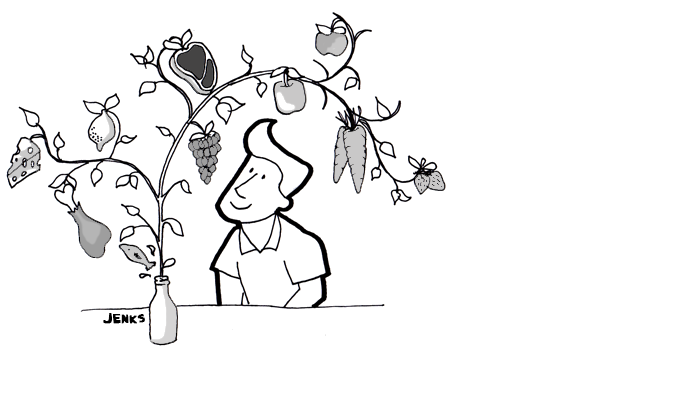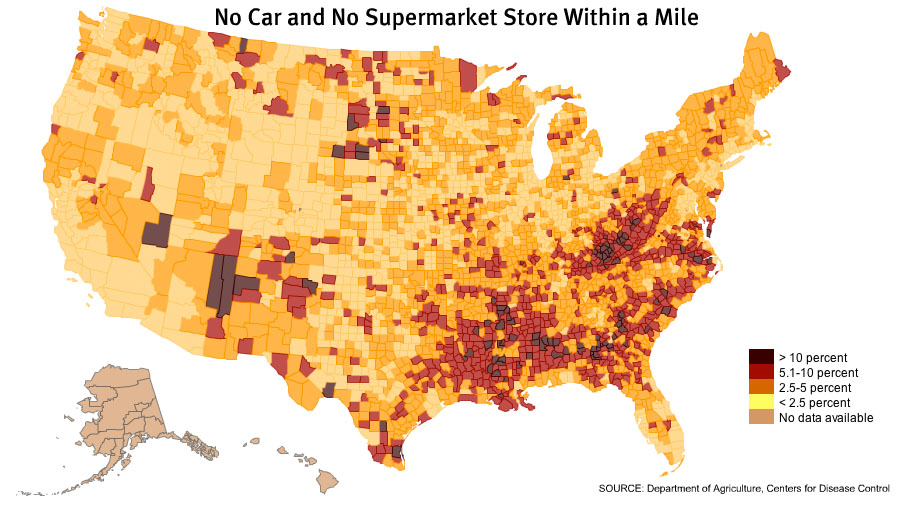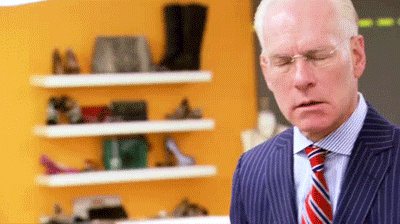In 2013, Rob Rhinehart, a twenty-four year-old computer programmer invented a powdered drink mix called Soylent. The tasteless powder contained all of the nutritional requirements for an adult and, at $3 per meal, was a viable fast-food alternative. Now, three years later, Rhinehart has invented a liquid version of the drink mix (Soylent 2.0) and garnered equal amounts of enthusiasm and criticism for his controversial product. Whether you love it or hate it, Soylent’s accessibility, low cost, and health benefits beg the question: can Soylent end food inequality?

Photo courtesy of theviewinside.me.com
The farm to table movement has made sustainable, local food cool again. However, being green is a luxury not everyone can afford. According to the US Department of Agriculture, 48.1 million Americans lived in households struggling against hunger in 2014. Unfortunately in food deserts, where access to fresh food is difficult, access to cheap, sugary, fatty, processed food is easy.

Graphic Courtesy of americannutritionassociation.org
Global warming is only making this problem worse. According to Tim Gore, the head of food policy and climate change for Oxfam, “The main way that most people will experience climate change is through the impact on food: the food they eat, the price they pay for it, and the availability and choice that they have.” With this in mind, Soylent becomes more and more appealing. Soylent doesn’t spoil, produces little waste, is healthy and affordable.

Gif Courtesy of Tumblr.com
But if something is too good to be true, it often is. Although Soylent has all that is “required” for human body function, a nutritious diet should include a range of nutrients from a variety of sources (unlike Soylent’s four main ingredients: brown rice protein, oat flour, sunflower oil, and vitamins and minerals).

Gif Courtesy of Tumblr.com
Secondly, under the FDA, Soylent qualifies as a dietary supplement, not food. Under this categorization it does not have to be approved before going to market. Those preaching “Soylent for all!” would be left with an alarming public outcry if the product became contaminated.

Gif Courtesy of Tumblr.com
Lastly, food equality is not just about increasing nutrient availability for more people. Food itself is meant to be enjoyed. Eating delicious, nutritious food is a right, not a privilege. A better solution would be establishing healthy, affordable restaurants, food trucks, and farmers markets in food deserts. The Supplemental Nutrition Assistance Program’s recent eligibility at farmer’s markets is a great example. Chef Roy Choi’s new healthy food chain Loco’l is also a delicious start. As compelling as Soylent is, changing our food system should mean more than feeding the world a meal in a cup.



